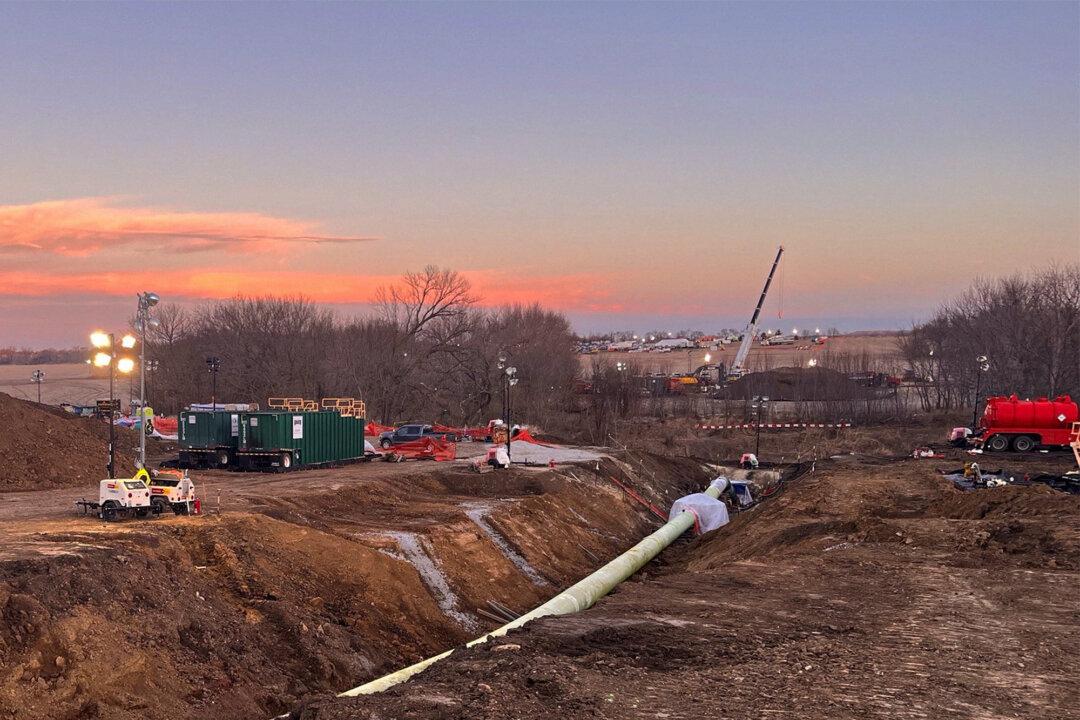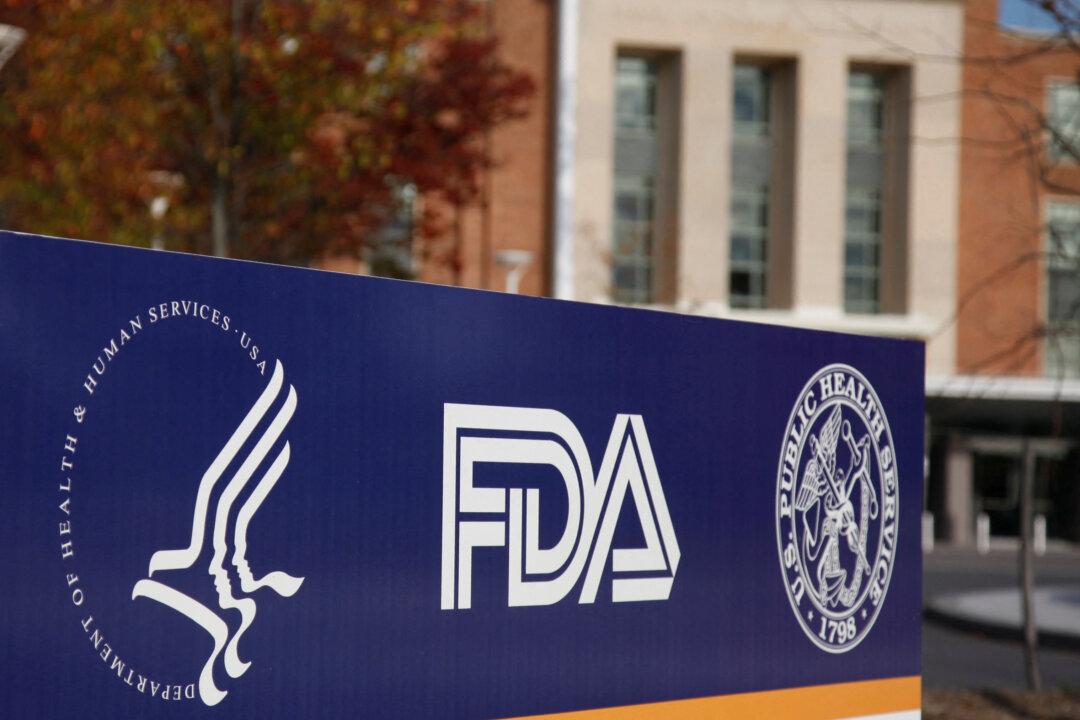Officials said a damaged portion of the Keystone Pipeline reopened Thursday after weeks of repairs and cleanup following a 600,000-gallon crude oil leak into a Kansas stream.
The pipeline, which carries oil from Canada to multiple U.S. states, shut down on Dec. 8 after spilling nearly 14,000 barrels of crude the day before at a segment of the system in Kansas, which forms part of the pipeline’s Cushing Extension.





